40 Years of Fairytales: A Retrospective of The Raincoats
This year, the seminal British post-punk group The Raincoats, founded by bassist Gina Birch and guitarist Ana da Silva, will celebrate 40 years of being one of the most uncompromising and inventive bands of our time.
Over the course of its career, the band has released four full-length albums; toured extensively early on; was revered by the likes of John Lydon of the Sex Pistols, Kurt Cobain of Nirvana, and Kim Gordon of Sonic Youth; and has most recently collaborated live with Angel Olsen. The emotional resonance of The Raincoats’ post-punk sound combined with a preference for inventive originality over standard technique has provided a notorious impact across genres and generations.
It mostly began when Birch and da Silva met at Hornsey College of Art, where they were both studying, and started going to punk gigs together. They saw bands like the Sex Pistols, the Buzzcocks, and Subway Sect, but it wasn’t until they saw the Slits play their first gig in London in 1977 that their brains were jolted. “I was completely blown away,” says Birch over Skype, laying on a couch in her home, eyes closed to conjure the moment. “It was as if suddenly I was given permission. It never occurred to me that I could be in a band. Girls didn’t do that. But when I saw the Slits doing it, I thought, ‘This is me. This is mine.’”

Between the two of them, they didn’t have very much musical experience: da Silva had learned a few chords and folk songs on an acoustic guitar, and Birch knew that she liked to sing when she was alone. Da Silva went out and bought her first guitar, an imitation Telecaster, for 25 dollars. She still has it today. “It’s got history, too,” da Silva says with a smile as she holds the guitar up to the screen for me to see. She tells me it was featured in the 1980 Sex Pistols mockumentary The Great Rock ‘n’ Roll Swindle. Meanwhile, Birch decided she would purchase the instrument that she believed would be the easiest to play, one that she could just “slip in somewhere”—a 30 pound, brown Gibson-shaped bass that she spray-painted sparkly blue. “Trying to weave a bass line with a vocal is bloody difficult!” she laughs, going on to say that she taught herself by playing along to reggae records such as Toots and the Maytals’ Funky Kingston.
With their new instruments, Birch and da Silva started writing songs. Often times, Birch didn’t know the notes she was playing, but figured out the visual patterns around a root note. They learned by listening and feeling, rather than mastering standard technique, and they wrote a majority of the songs that would end up on The Raincoats debut self-titled LP. They recruited a rotating cast of friends to join the band, but the most well-known iteration of The Raincoats wasn’t formed until 1978, with the addition of classical violinist Vicky Aspinall and former Slits drummer Paloma Romero a.k.a. Palmolive. Birch likens their songwriting skills to piecing together a dress from small bits of fabric, with each member bringing their own ideas and the band putting them together collectively. “I like space,” she says, and references the strong influence of reggae. “We went from space to high textured. Each song was on a journey. We wove the pieces together, and I think that made it interesting.”
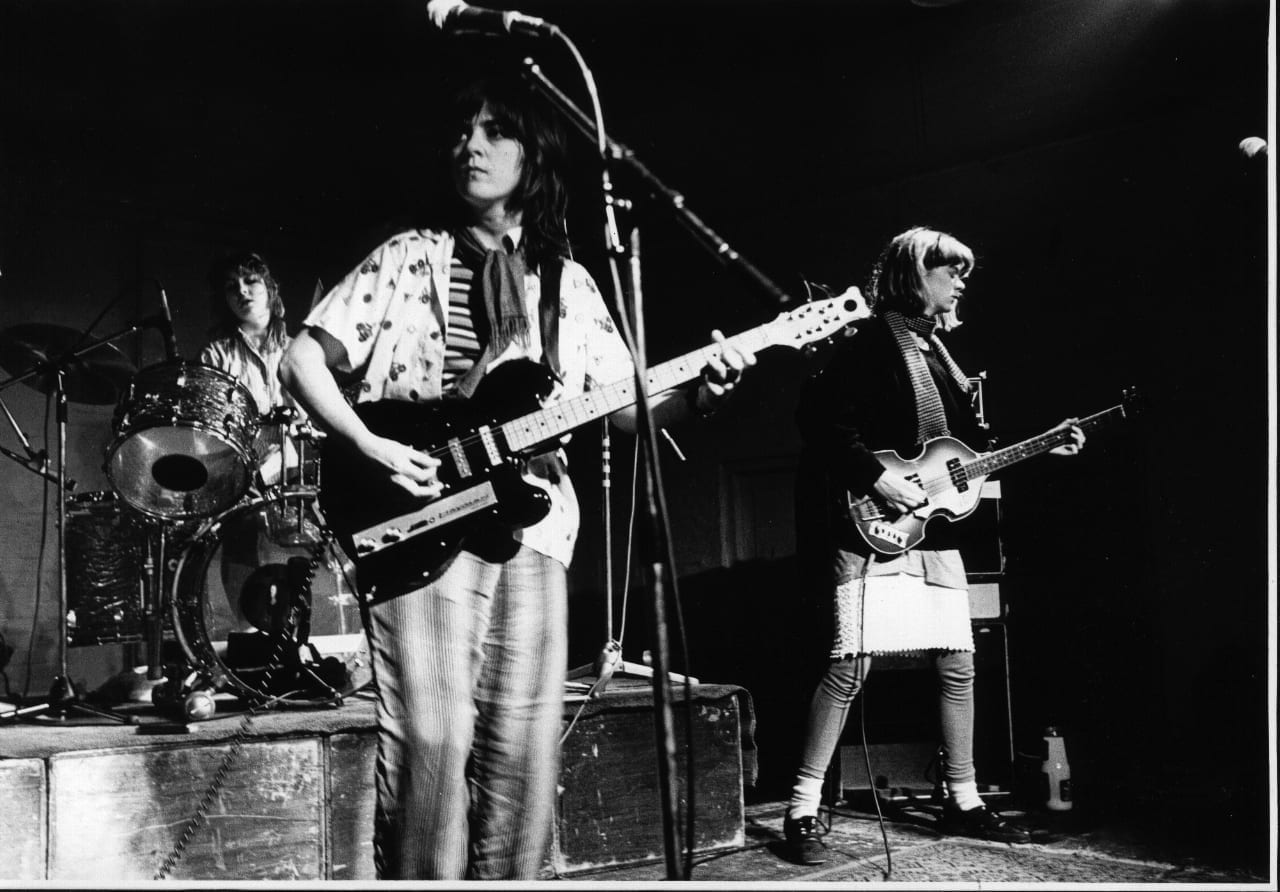
da Silva, Birch, Aspinall, and Palmolive played their first gig in 1978 at Acklam Hall in London. “When we went on stage, we weren’t really great players,” says da Silva. “We were learning at the same time as we were doing gigs.” Birch believes they truly learned how to play in public: “We often had our eyes closed, trying to play and feel and remember and learn. I do believe, and people have said, that the audience was willing us.” She remembers the first crowds being empathetic when everything fell apart, but she also remembers people being rude—after witnessing a performance early in their career, Danny Baker, writer and journalist, wrote a review in NME that said, “[The Raincoats] are so bad that every time a waiter drops a tray we’d all get up and dance.” Their sound was undoubtedly uncommercial, writing songs in a patchwork style that lended to roving basslines and jaunty guitars. “[The crowds] were used to boys shredding in their bedrooms for the last 15 years before they got on stage,” Birch laughs. “We let all of our stuffing hang out.” She admits hesitantly that the Slits were the glamourous women in punk at the time, and that The Raincoats were deemed to be more anti-glamour. “In photo shoots we were known to wear jumpers with holes in them and not brush our hair,” she laughs. “But in the end, that was all to our credit.”
“[The crowds] were used to boys shredding in their bedrooms for the last 15 years before they got on stage,” Birch laughs. “We let all of our stuffing hang out.”
While everything Birch and da Silva did was imbued with feminism, when Aspinall joined the band she brought the word feminism with her. “It was a difficult, emotive word at the time, and none of the other women in bands were using it,” says Birch. “There was a backlash against the word, and I genuinely believe that it was a male conspiracy to make feminism sound hideous. It was a way of undermining feminism.”
In 1979, Rough Trade released The Raincoats’ first single, a 7-inch with “Fairytale in the Supermarket” as the A-side, backed by “In Love” and “Adventures Close to Home.” Managed by Shirley O’Loughlin, the band went on its first UK tour with the influential, all-women Swiss post-punk band Kleenex. Da Silva admits that The Raincoats’ first tours were not easy: “Some people just adored us, and some people just thought it was rubbish. And that’s the thing about punk. It was the fact that girls really weren’t suppose to be doing that.”
During the tour, Palmolive decided to leave the band. Birch and da Silva wanted her to play drums on their debut, so they started recording immediately after the tour. With The Raincoats, a 10-song LP released by Rough Trade in 1979, the world was exposed to what would become one of the most generationally transcendent albums of the last 40 years. “From the very first time I heard it, I related deeply to its emotional tenor, to its combination of joy and melancholy and humor and anger and resolve,” says Jenn Pelly, writer and reviews editor at Pitchfork who is currently working on a book about The Raincoats for the 33 1/3 series, due out this year. “The Raincoats came out 10 years before I was born, but it always just felt like a part of me and I wanted to understand that [with the book].”
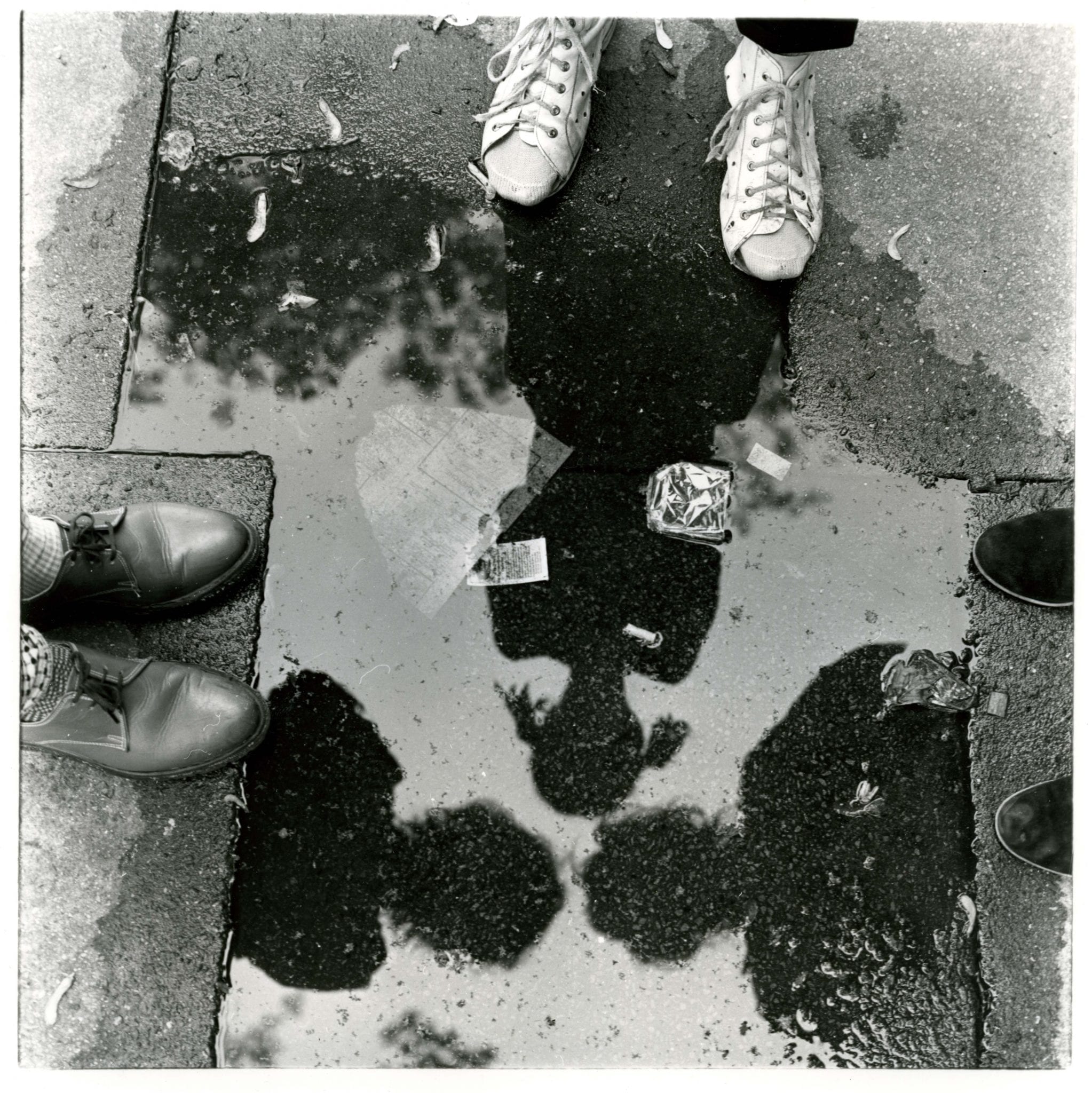
The album was recorded in three weeks, with each instrument pushed beyond its capacity, all in favor of learning and unlearning. “I think sometimes technique can get in the way,” says Birch. “The more you know, the more difficult it is to do something simple. If you don’t know much, you can do something simple and turn it on its head.” Birch played an early ’70s Gibson Les Paul recording bass and da Silva played a 1972 Hayman 1010 guitar. When talking about her guitar style, da Silva says, “We came out of punk and people weren’t really shredding. It was more about strength and showing some kind of power. For us, it was about focusing on developing ideas opposed to the technique.” It is this approach to their instruments, combined with their songwriting process, that created The Raincoats’ experimental post-punk sound. In writing violin parts, Birch felt that Aspinall needed to unlearn all of the classical training she had undergone—they wanted her to sound like a cheese wire or to bash the bow on the string. On certain songs, unaware of how to create the effects they wanted, the band improvised. With “In Love,” Birch wanted a repeating echo effect, so she created it naturally using only her voice. With other songs, such as “The Void,” a song eventually covered by Hole, the band worked together. “I was really into sliding the bass. And then the violin came and slid with me, and opposed me, and Ana came up with the anti-lead parts, very minimal and tuneful.” On this release, the band also recorded a spirited version of “Lola” by the Kinks, and included two songs from their first single, “In Love” and “Adventures Close to Home” (with the third, “Fairytale in the Supermarket” appearing on the ‘90s reissue).
In 1981, Rough Trade released The Raincoats’ sophomore album Odyshape. With Ingrid Weiss replacing Palmolive on drums, Odyshape also had drumming contributions from Richard Dudanski, Charles Hayward, and Robert Wyatt. With diverse percussion, a new set of instruments (the band began listening to world music and using instruments like the shruti box and balaphone), and a growth in abilities and ideas, Odyshape developed an experimental free-jazz sound. “I suppose we were exploring more things,” says da Silva. “The first album, we didn’t know how to play that well. The whole punk thing inspired us. It was more direct. Then we started floating away.” A stand-out on the album is the opener, “Shouting Out Loud,” which begins with airy drums, sparse guitars, and a driving bass. “I love that bassline,” says Birch. “In the second half of the song it’s the spine, and it meanders all over the place. If you listen to it without hearing the bass, then you’re missing such a huge part of it.”
Following their live album, The Kitchen Tapes (recorded in New York at The Kitchen for the Performing Arts and released by Reachout International in 1983), Rough Trade released The Raincoats’ third studio album, Moving, in 1984. “The Raincoats and Odyshape are my favorites because they capture the band really working together and negotiating and collaborating on a sound that none of them could have produced on their own,” says Pelly. “With the other albums, I think you can hear them growing apart a bit; you can tell more who is writing the particular songs.” With this record, the band surely felt the nocuous pull into separate ways. “Instead of different things coming together, everyone was going in different directions,” says da Silva. “The songs were very much a product of the songwriter, and what their ambitions were. For me, it was a very hard time. I didn’t want anything more to do with it.” It was then that The Raincoats decided to split up, but they went through with the record anyway. Shortly after its release, each member began working on solo projects, and the band fell silent for 10 years.
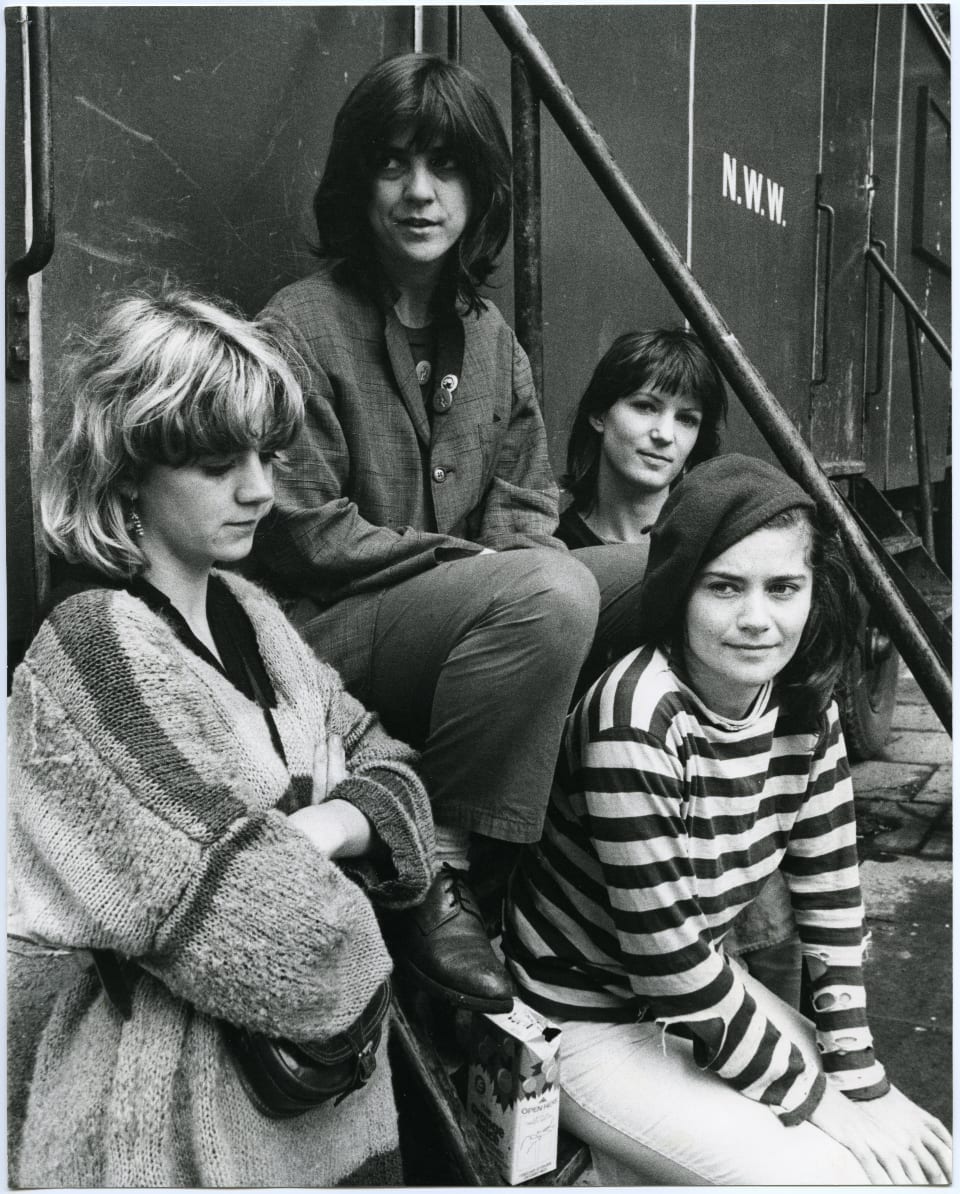
By 1994, The Raincoats’ records were all out of print, but with the rise of the CD, O’Loughlin, Birch, and da Silva decided to reissue the albums. Ray Farrell at DGC Records (a division of Geffen Records) licensed the reissued CDs from Rough Trade, and the band threw a party in London to commemorate the releases and to play those songs again, this time with Steve Shelley of Sonic Youth on drums and Anne Wood on violin. Kurt Cobain, a huge fan of The Raincoats, wrote the liner notes for their self-titled reissue, and asked them to go on tour with Nirvana in the UK. However, the tour never happened—Cobain died a week before they were set to leave. “When I listen to The Raincoats I feel as if I’m a stowaway in an attic, violating and in the dark,” wrote Cobain. “Rather than listening to them I feel like I’m listening in on them. We’re together in the same old house and I have to be completely still or they will hear me spying from above and, if I get caught—everything will be ruined because it’s their thing.”
With The Raincoats’ reissues, and the growing riot grrrl movement, there was a new flare of interest and a much needed resurgence for the band. “We had our thing—and then we fell out of sync,” says Birch. “When riot grrrl happened, we clicked back into place. It left us speechless and excited, because we realized that you can’t kill it—it’s going to come back stronger and different. It came back more political. It was a mutually inspiring moment.”
“We had our thing—and then we fell out of sync,” says Birch. “When riot grrrl happened, we clicked back into place. It left us speechless and excited, because we realized that you can’t kill it—it’s going to come back stronger and different. It came back more political. It was a mutually inspiring moment.”
As a result of Farrell’s interest in The Raincoats, DCG released their fourth and final album in 1996. Looking in the Shadows, da Silva mentions, is their least popular album, but she really likes it. The sound is more produced than previous releases, they had access to an expensive studio and equipment, and they were paid more money. On the other hand, Birch had mixed feelings: “I felt that perhaps we had come full circle, and maybe it would have been nice to make something less produced in that way. It feels very layered.”

The Raincoats subsequently re-released the self-titled album in 2009 and Odyshape in 2011, both on We ThRee, a label owned by O’Loughlin, Birch, and da Silva, and will re-release the first single on April 15th for Record Store Day. The band has played shows and special events sporadically, but has mostly been working on solo projects. Da Silva released The Lighthouse in 2005 and is currently working on her next album—an electronic collaboration—,and her drawings, while Birch is working on her music, paintings, and video projects. This summer, Birch released Stories from the She Punks, a documentary about British women in bands in the ‘70s, and also has The Raincoats documentary on the backburner. Most recently, The Raincoats went on a short UK tour that included a show with Angel Olsen. After hearing Olsen’s records and loving them, the band asked her to collaborate for the Rough Trade 40th anniversary show in London. They spent three days with Olsen, rehearsing and working on each others’ songs. “We like to keep it fresh, otherwise there’s no point really,” says da Silva. “We’re really interested in what people are doing now.” Similarly, Birch recently played a show at Silent Barn, a DIY venue in Brooklyn, New York. “It felt very familiar, she says. “It felt more like the ‘70s [in the UK] and like Manhattan in the early ‘80s. It was a bit more lo-fi and community based, with people throwing themselves into things. People power rather than big corporations. It felt like it was human.”
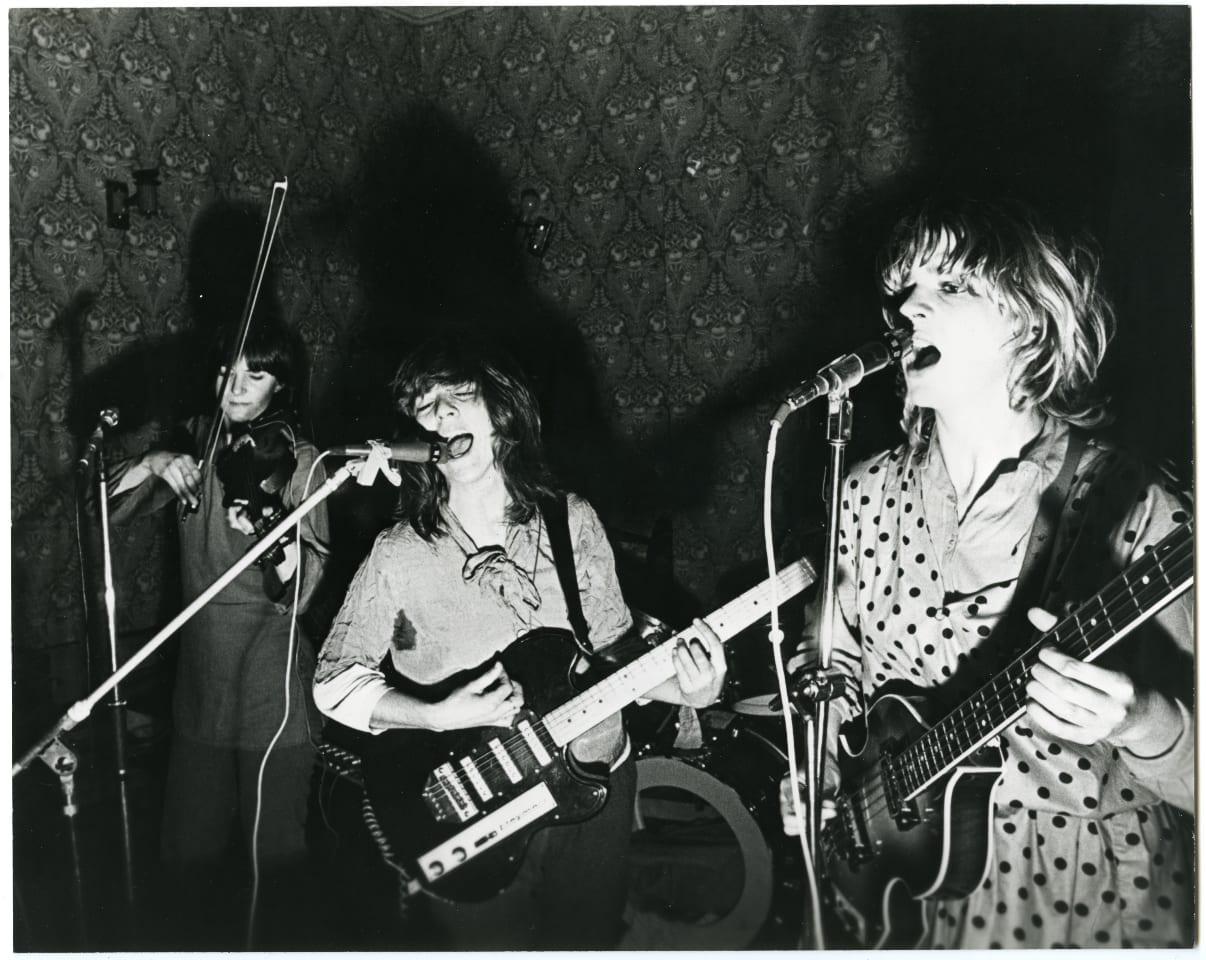
When asked how it feels to be a band for 40 years, da Silva shrugs her shoulders and laughs, admitting that it is quite strange, but also only a number. With the release of the 33 ⅓ book, The Raincoats have been discussing plans to celebrate, but nothing has been finalized. Pelly mentions that the legacy of The Raincoats is still growing, one that is instinctive and visceral. “They had a real voice and an original perspective. The Raincoats was the result of four very different people coming to work together,” says Pelly. She adds that the band is crucial in the histories of punk, post-punk, and feminist punk, influencing so many significant movements in both music and art. The Raincoats get a shout out in Mike Mills 2016 film 20th Century Women (and let us not forget the one in Gil Junger’s 10 Things I Hate About You in 1999) in which Greta Gerwig’s character describes the band as “what happens when your passion is bigger than the tools you have to deal with it.” The Raincoats embraced what might be viewed as wrong, the unconventional methods of making music, and this is what makes them such a powerful, celebratory band not only for women who fear tackling a sphere unknown, but to the wider scope of music in general. “If you have an idea, just try your hardest to do [it],” advises da Silva. “Look at things, look at life, look at how you feel. Grab all the richness there is around you, and inside you, and put that together.”

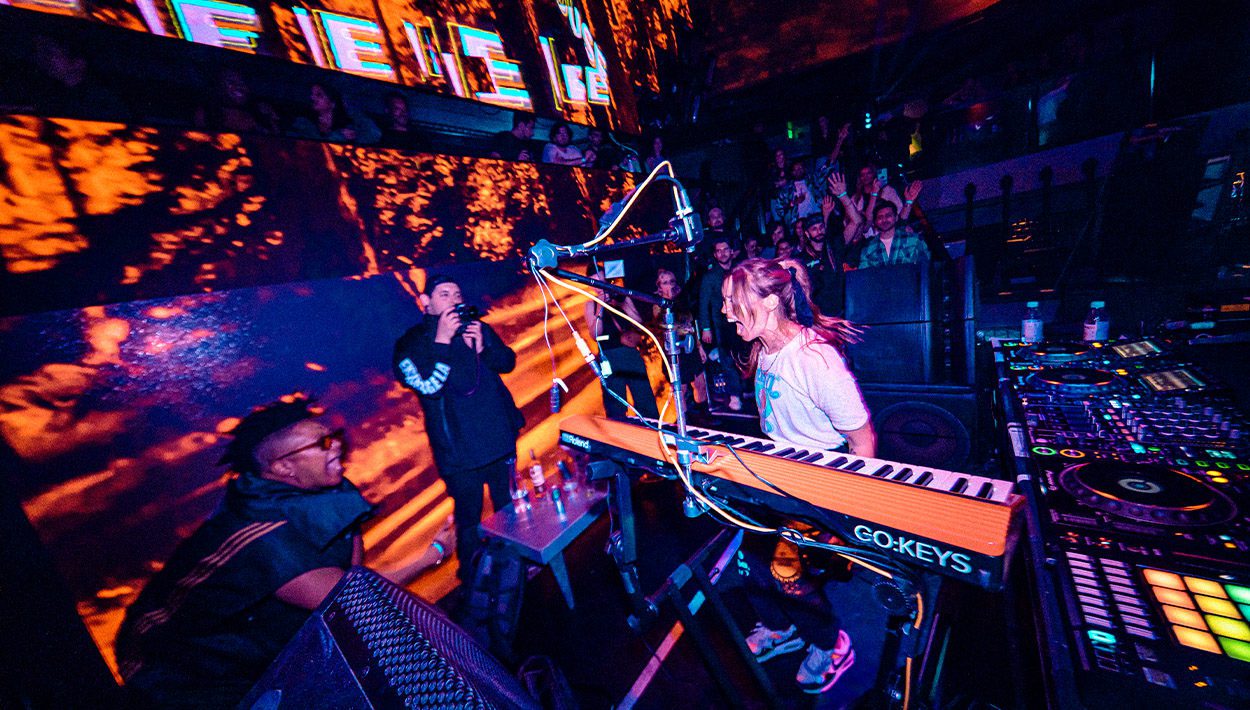
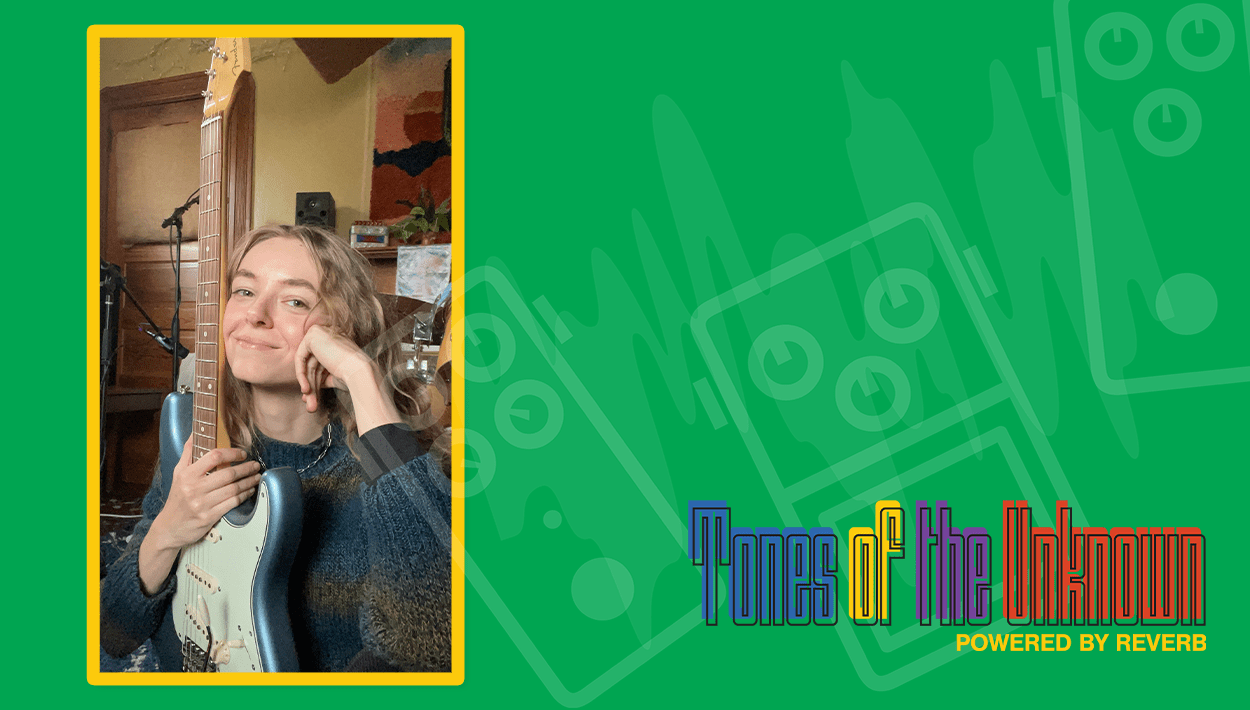
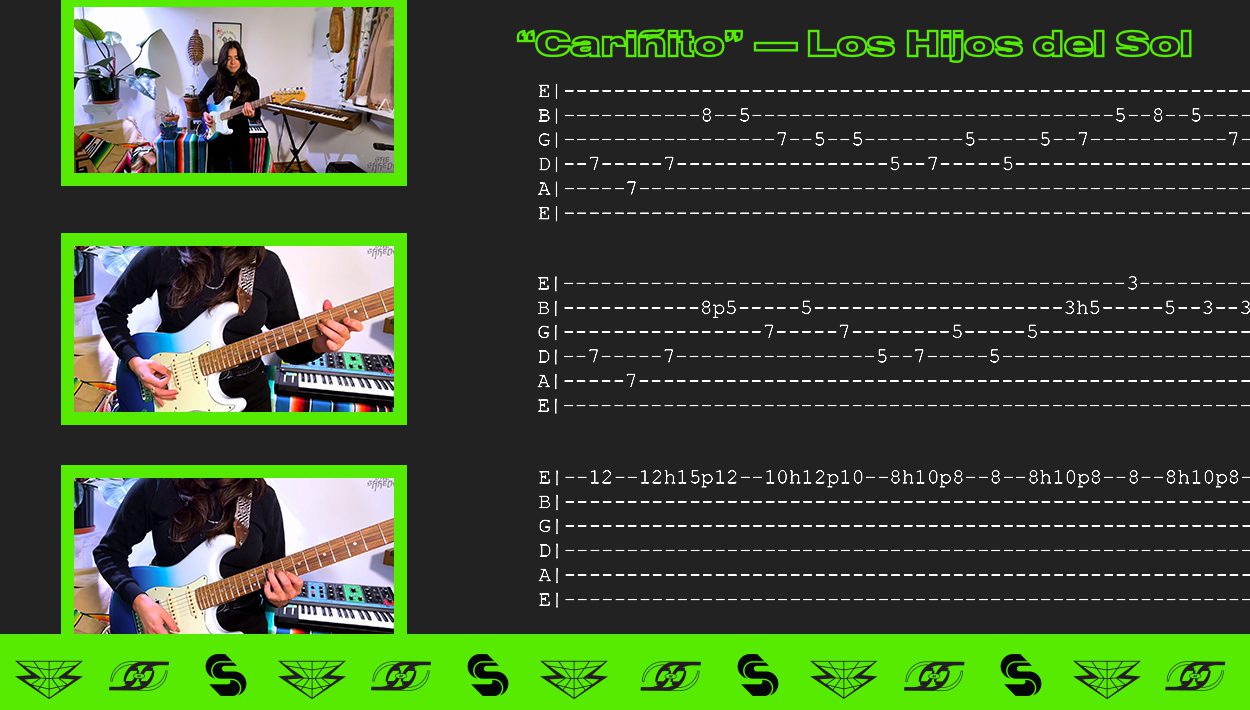
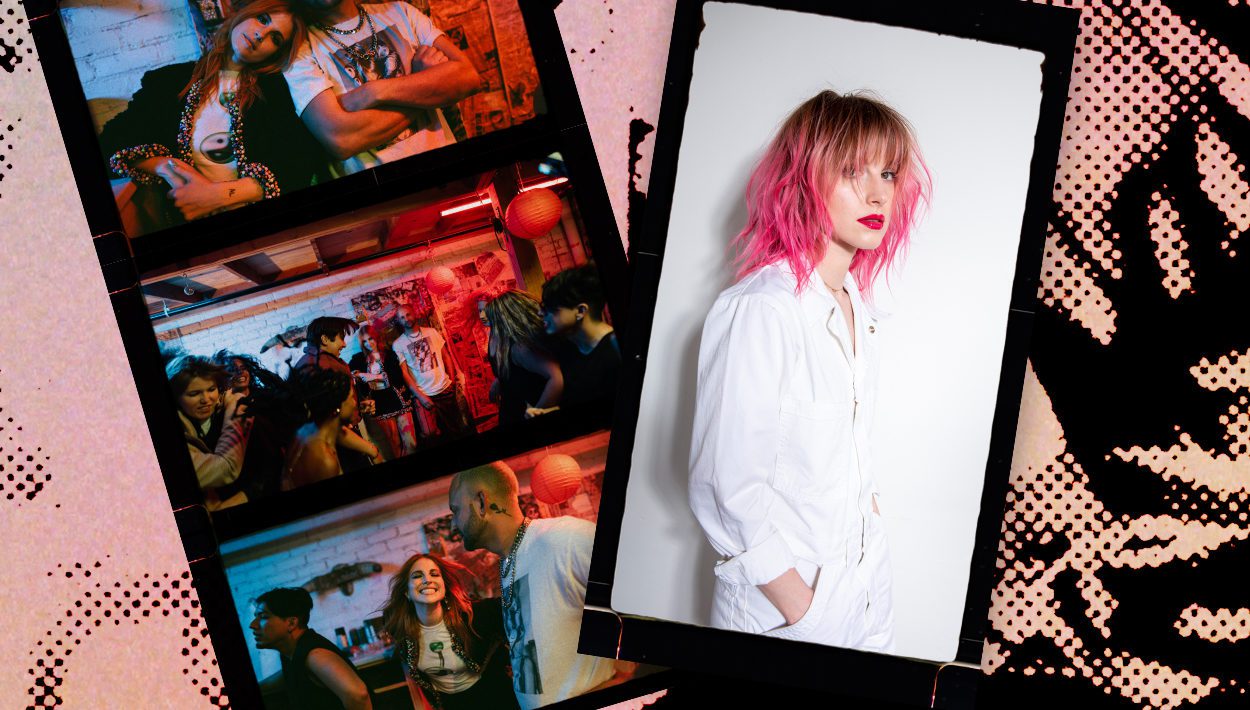

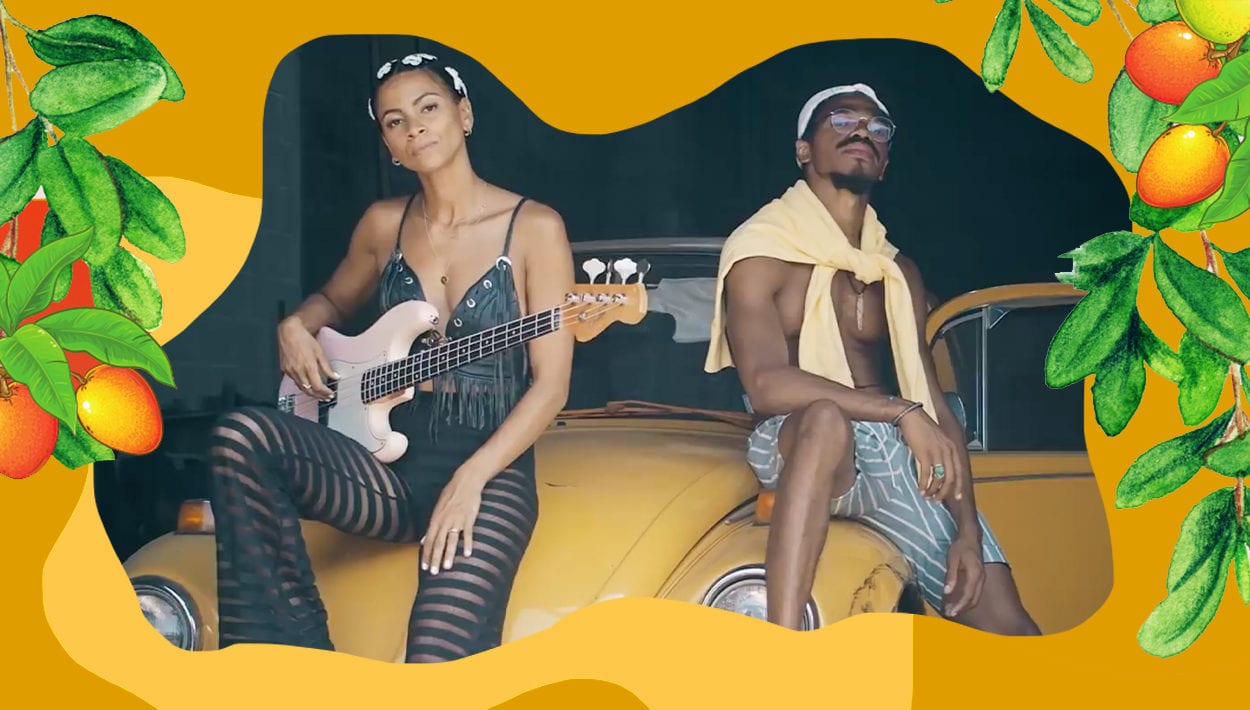
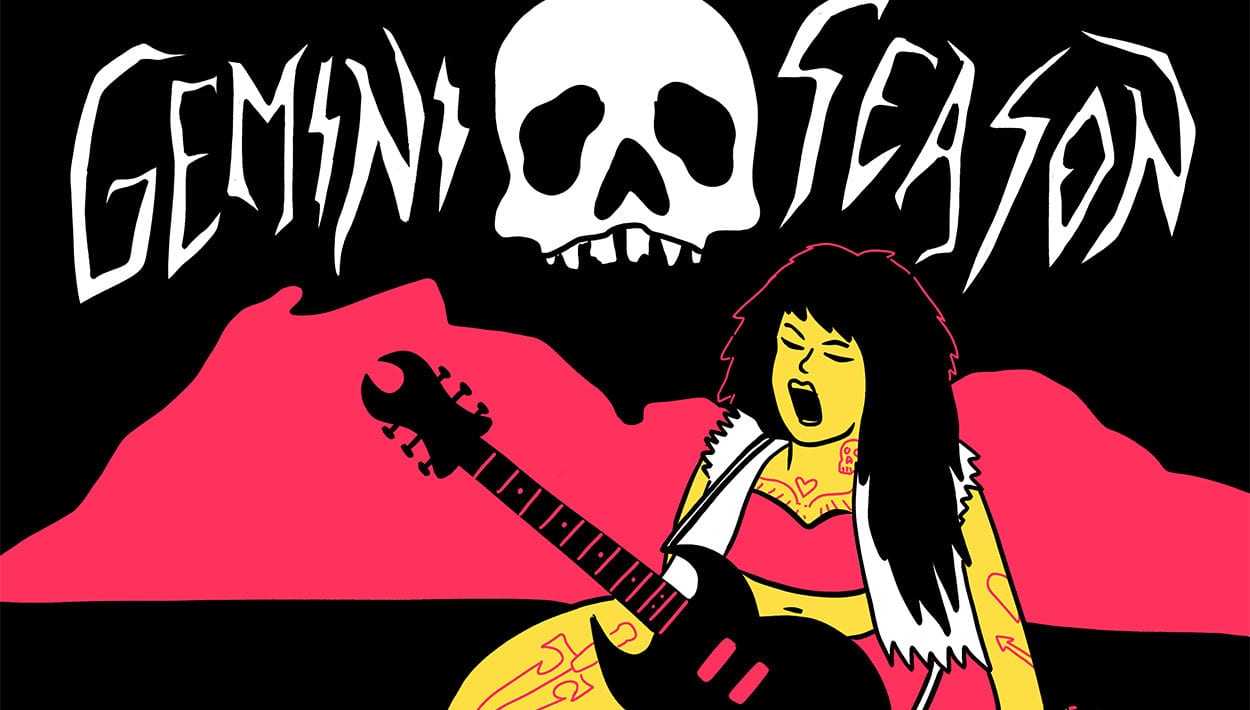

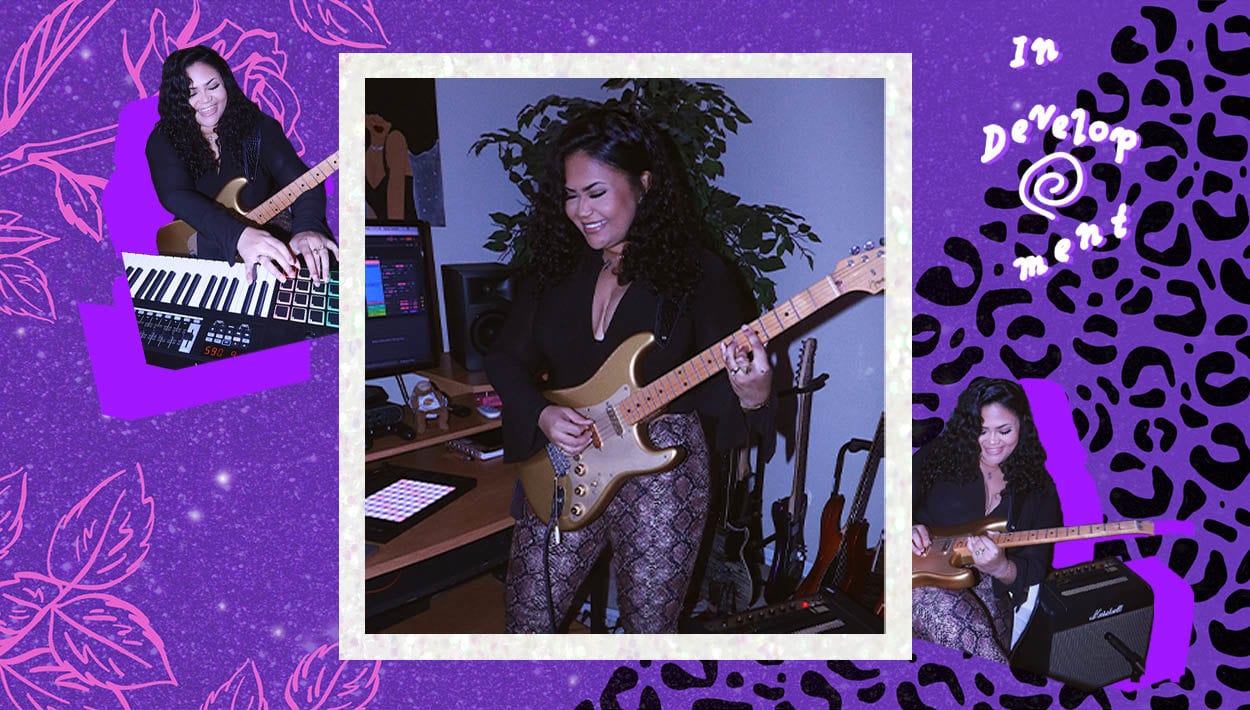
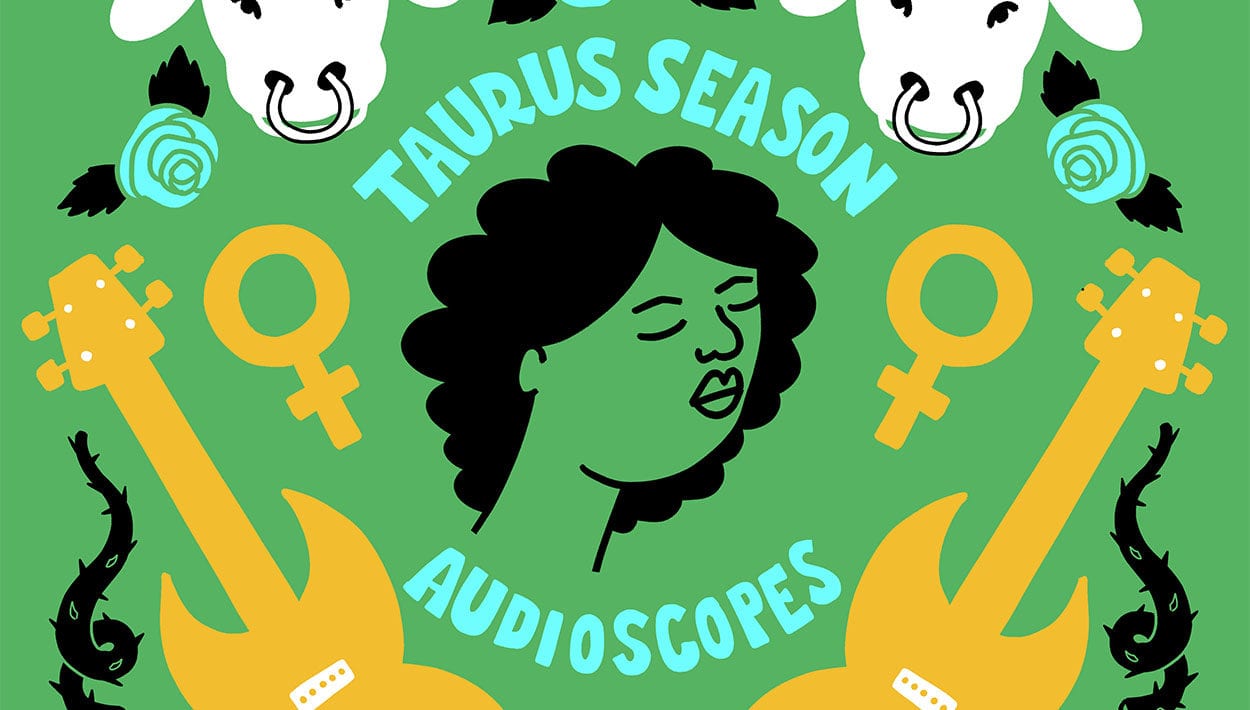


Comments
This is a to a magnificent degree valuable article of 40 Years of Fairytales: A Retrospective of The Raincoats I other than agree with your post title and you truly well clear up your viewpoint. I am impossibly super hot to see this Cheap Assignment Help at AssignmentGlobe.Com, post. A commitment of gratefulness is with the goal for appearing to us. Keep it up and share the more most related post.
Comment by Alexandra on August 22, 2017 at 3:48 am“The Raincoats” was an absolutely amazing album. Thank you for sharing the memory. Myself Lisa Ray and currently associated with the onlinepillsrx pharmacy that provides online modafinil for the treatment of sleep disorders.
Comment by Lisa Ray on December 8, 2017 at 1:56 amHello
Comment by Kim Horton on January 12, 2020 at 10:40 pmSuch an unique kind of blog it is. I am thankful to an author for taking a time and write nicely this blog. I definitely looking forward for more blog regarding music.
Comment by Ida Wallace on January 12, 2020 at 10:43 pmIda Wallace, Assistant assignment writer
http://www.assignmenthelpfolks.com/
Nice post.
Comment by Mike on January 19, 2020 at 10:58 pmOdyshape is unmatched in music. Perhaps Astral Weeks is up there too, but Odyshape is just sublime… in no other album that I know does the space between the notes carry so much feeling. And the awkward singing, percussion and phenomenal bass playing… swoon! LOVE LOVE LOVE it…
Comment by Mark Palmos on March 3, 2020 at 4:45 amStudents around the world have a long history of development, they have become a practical means of self-realization for many young people. Student youth has always been at the forefront of all social transformations and any movements, and often became their driving force. Representing interests with the help of services buy internship resumealskillfully easily open the way to society in order to build their path to success.
Comment by Buy internship resumeal on August 25, 2021 at 1:42 pmLove this! The Raincoats made true history in their heyday and I still listen to them at work.
Comment by Taylor on February 13, 2023 at 10:09 am